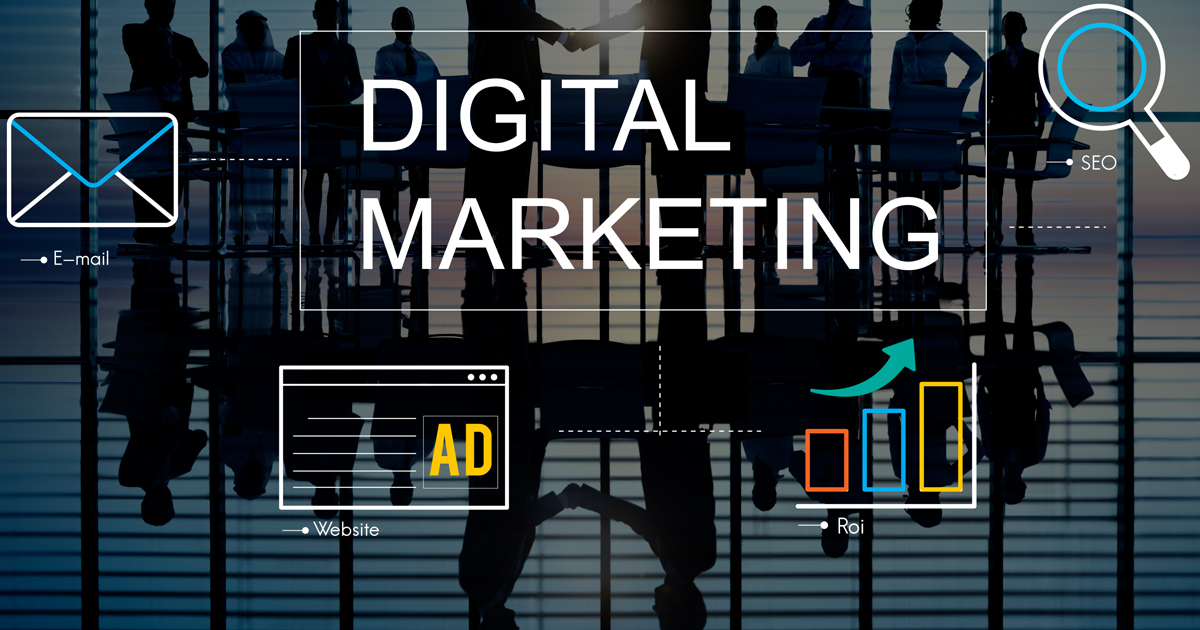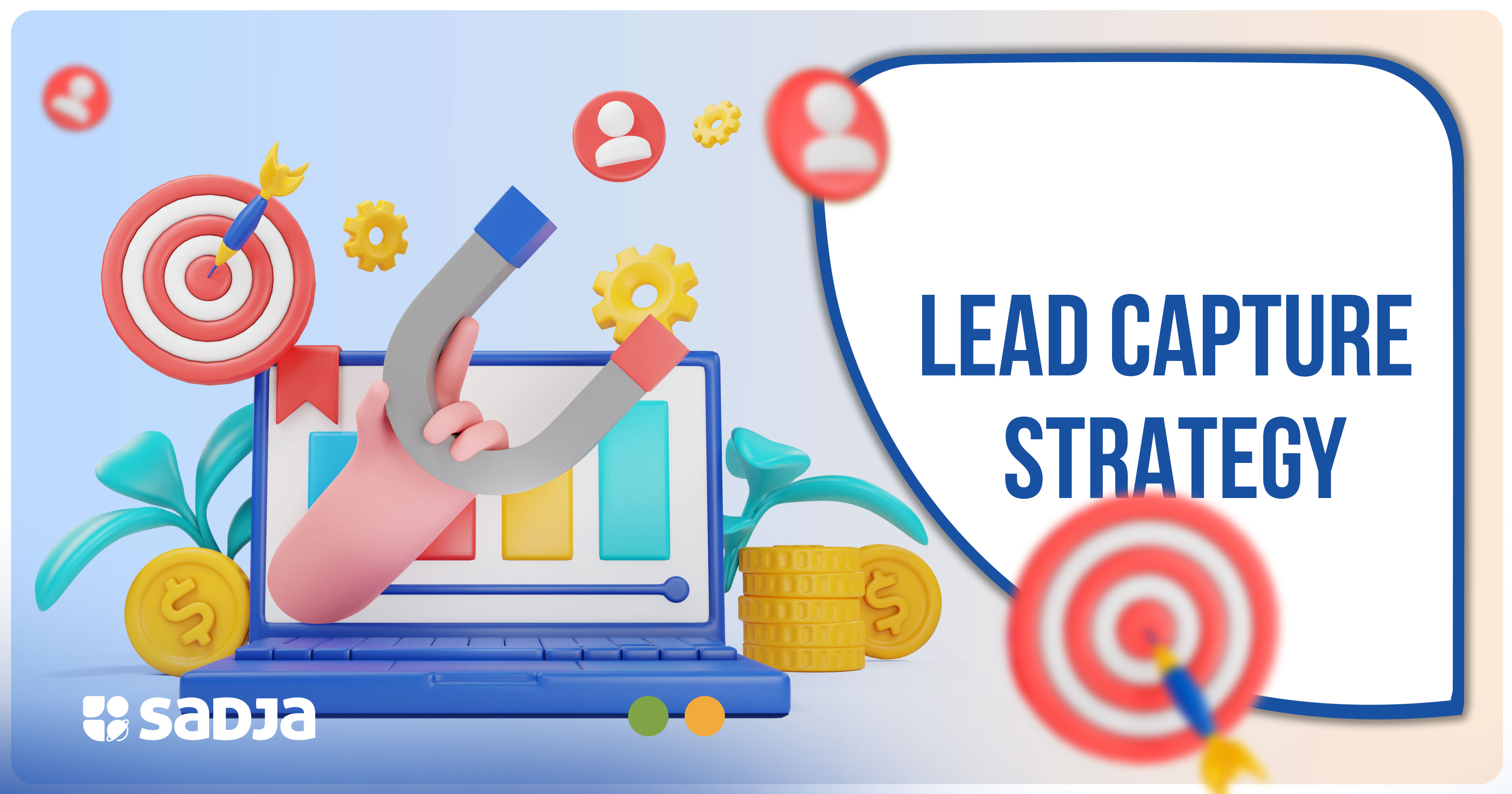Six Website Marketing Strategies
Below are six marketing strategies that can boost your website’s overall performance if you implement them the right way.
1. Publish SEO Content
Search engine optimization content refers to content that helps web pages rank higher in search engines like Google and Bing. SEO content is often optimized around specific keywords.
SEO enables your site to appear among the top results on the search engine whenever users type in a string of keywords. Google alone handles over two trillion searches a year.
To produce high-quality SEO content, follow this strategy below.
• Choose a topic by quickly searching content ideas on channels your customers mostly use. You can check competitor blogs, infographics, and social media channels for ideas.
• Carry out keyword research to get the best keywords to write content. You can use Google Suggest (keyword ideas that pop up when your type on Google) or use tools like Ubersuggest to get relevant keywords that your ideal customers are searching for.
• Write detailed content that covers everything on the topic. Consider long-form content [1,447 words & more]. Go in-depth with tips and insights that make the content stand out from the competition.
• Optimize the content for User Experience with strategies like On-page SEO. Write short sentences that include an average of eight words.
• Make your content SEO-friendly by optimizing the keywords. However, when optimizing, the content avoids keyword stuffing as it will hurt your Google rankings.
• Share your SEO content on social media channels like Twitter, LinkedIn, and even Instagram with catchy displays to drive traffic to your website.
• Lastly, consider link building for higher and fast rankings on the search.

2. Repurpose Content with Social Media
What is content repurposing?
The practice of re-using existing content materials to expand a business’ content reach. You can repurpose your SEO content to social media channels in different formats.
Repurposing content helps you get the best out of your content. This improves your business return on investment (ROI) in the long run. Some ways to repurpose your content are;
● Turn blog posts into video scripts and make YouTube videos
● Chop down long-form SEO content into Twitter threads
● Cut down blog post subtopics into LinkedIn posts
● Record podcasts from published thought leadership pieces
● Compile all short blog posts into an eBook
● Turn researched data for SEO content into infographics
● Design downloadable checklist from written content
● Create slide presentations from a published blog post.
Any content for your website marketing strategy can be repurposed into any format.
Best practices for repurposing content
• Adapt your content for all formats. During your research and drafting process, you can use case studies, audio, video, whitepapers, infographics, or other content formats.
• Split the content into smaller sharable pieces. You can cut them into Shorts and Reels for TikTok and YouTube videos. For long-form blog posts, summarize them into Twitter threads or LinkedIn posts.
• Repurpose content for guest posting across websites that your customers engage with.
• Update and republish existing content. Great content can be seen more than once.
3. Launch an Affiliate Program
An affiliate program is a business model where the affiliates are compensated with a commission for generating leads or sales. The affiliate programs work in these ways;
● People sharing product reviews on social media
● Promoting products or services using affiliate links on blog posts
● Promoting products and services on online platforms like podcasts, and YouTube channels
Typically, the affiliate gets a unique tracking code to identify who referred the sale so that commissions are paid appropriately.
How to launch an affiliate program
a) Choose the right affiliate platform.
b) Ensure the affiliate commission makes sense for your business and is comparable with the competition
c) Calculate your customers’ live time value ( LTV)
d) Write a clear affiliate description for the affiliates to understand what is in for them.
e) Offer copy creatives that align with your business and brand voice.
Some of the top affiliates to join your program fit in these categories;
• Publish content in your industry
• Using paid media to drive affiliate sales
• Write product and services reviews
• Some are influencers in the industry
• Some make strategic partners for your business
4. Run Paid Campaigns to Drive Traffic
Pay-Per-Click (PPC) is a digital marketing model in which advertisers pay each time the ad is clicked. The top PPC platforms are;
• Google Ads
• Facebook Ads
Adding either or both platforms to your website marketing strategy will grow your business faster, requiring you to invest in some ad spending.
Google Ads have been simplified into three options for marketers;
• Cost-per-engagement (CPE). You pay the amount/price when a user performs a specific action on your ad (signs up for a list, watches a video, etc.)
• Cost-per-click (CPC).The amount/cost you pay when a user clicks on your ad.
• Cost-per-mille (CPM). The amount you pay per 1000 ad impressions.
Using Google ads, you can run several types of campaigns, namely;
• Shopping campaigns
• Video campaigns
• Search campaigns
• App campaigns
• Display campaigns
Running Facebook Ads with an option to advertise on Instagram from the same platform is cheaper than Google Ads. Facebook ad costs, on average, $0.97 per click and $7.19 per 1000 impressions.
Other benefits small business websites get when running Facebook ads include;
• Get in front of billions of users ( 2.91billion active users on Facebook)
• Track real-time performance using the Facebook Analytics platform
• Get a better return on investment ( ROAS), with the average conversion rate across all industries being 9.21%
Before creating a Facebook ad campaign, here are best practices for Facebook ads for small businesses;
● Consider if your promoted ad will be an image, video, canvas, image carousel, or slideshow.
● Ensure any creative dynamic you choose accomplishes a clear value proposition, has a call to action, uses bright colors, and is catchy to the eye.
5. Have an Email Marketing Strategy
Email marketing brings in the highest return on investment (ROI ). You get $36 for every $1 spent on email marketing. The ROI in other

industries go up to $45 for every $1.
Your marketing strategy cannot overlook email marketing. 62% of consumers ranked email as their top preferred communication channel with small businesses.
When to use email marketing
● For brand awareness, keep your company product and services top of mind for your customers.
● Promote your product for repeat purchases or newly stocked products.
● Build relationships with your loyal customers through constant engagement.
● Nurture new leads on the journey to conversion.
You can build an email list with these simple steps;
a. Create a form for newsletter signups using an email provider. If you already have a website, create a pop-up lead magnet.
b. Create a lead magnet resource to capture emails. Choose a lead magnet that adds value to the user. It can be an eBook, coupon, checklist, free quote, or free trial.
c. You can share your web content on social media to drive your signups with content repurposing.
Examples of email marketing strategies
These are some of the simple email marketing strategies you can add to your website marketing strategy;
Personalize your email messages
Customized email subject lines with a recipient’s first name can increase open rates by 16%. Other email personalization tips like asking for the correct information upfront and adding your genuine email signature at the bottom add a personal touch, and readers feel connected.
Segment your email subscribers
Your email has all types of subscribers that meet your ideal customer profile. They all want to receive messages that speak to them directly. Segmenting your emails in terms of things company size, industry, and sales cycle helps you reduce message redundancy and increase open rates.
Send mobile-friendly emails
As of 2021, email mobile open rates stood at 61.9%, up from 42% in 2014. To optimize emails for mobile devices, keep the CTA (call to action) button more prominent and noticeable, write shorter subject lines and implement responsive email design (RED). This functionality often comes from the email provider you use.
Split test copy, design, and email buttons
The best way to find an email tactic that works for your business is to do the A/B test.
Test the subject line, email copy, design, and call-to-action buttons.
Automate email campaigns scale
Trigger emails are sent whenever a subscriber takes action. The most common email triggers that make email marketing work include; Welcome emails, Thank You emails, and Transaction emails such as order confirmation.
6. Consider Influencer Marketing
Social media growth hugely ushered in influencer marketing. Platforms like TikTok, Instagram, and even YouTube empower their creators (influencers) to build a partnership with businesses.
The influencers promote the businesses to their audience for an agreed price or strike strategic partnerships where the influencers become brand ambassadors.
According to research, businesses make $5.87 ROI for every $1 spent on influencer marketing. The leading platforms, including Instagram and TikTok, took the second position as of 2020.

The influencer marketing guide gives the three Rs to consider before picking an influencer for your business.
● Relevance
● Reach
● Resonance

 +256 206 300885
+256 206 300885









